This course introduces the foundations of Bioethics to the students taking this course.
In recent years, with the breakthrough of the technology, we have learned to control the human body to some extent. But is it good ethically for human being to use some technologies, because they are technically possible? We will have to reflect on ourselves and to re-examine our framework of values reasonably. For that purpose, we have to be keenly aware of our own biased point of view and begin by trying to recognize the diversity of values in the world.
In recent years, with the breakthrough of the technology, we have learned to control the human body to some extent. But is it good ethically for human being to use some technologies, because they are technically possible? We will have to reflect on ourselves and to re-examine our framework of values reasonably. For that purpose, we have to be keenly aware of our own biased point of view and begin by trying to recognize the diversity of values in the world.
This course deals with the basic concepts and principles of bioethics. It also enhances the development of students’ skill
in making ethical decision about bio-medical issues.
- Obtain basic knowledge about bioethical issues and understand their controversial problems accurately.
- Learn to think, making use of the problems about bioethics
- 1.Understand basic theories and concepts of Bioethics (and Ethics and Moral Philosophy).
2.Analyze bioethical issues from several point of view.
3.Judge the ethical problem using ethical principles, taking its situation into consideration.
| Class schedule | HW assignments (Including preparation and review of the class.) | Amount of Time Required | |
|---|---|---|---|
| 1. | Introduction: Why is Bioethics necessary? | Read the text chap.1. | 190minutes |
| 2. | Bioethical issues (1) Brain Death and Organ Transplant part 1. |
Read the text chap.4. | 190minutes |
| 3. | Informed Consent | Read the text chap.3 | 190minutes |
| 4. | Bioethical issues (2)-1 Assisted Reproductive Technologies |
Read the text chap.5 | 190minutes |
| 5. | Bioethical issues (2) -2 Assisted Reproductive Technologies for single women or lesbian couples ethical issues about buying and selling of gamete(sperm or eggs) |
Read the text chap.5. | 190minutes |
| 6. | Bioethical issues (3) Surrogate Mother |
Read the text chap.6. | 190minutes |
| 7. | Bioethical issues (4) Prenatal Diagnosis |
Read the text chap.7. | 190minutes |
| 8. | Bioethical issues (5) Pre-implantation Diagnosis |
Read the text chap.7. | 190minutes |
| 9. | Bioethical issues (6) Abortion |
Read the text chap.8. | 190minutes |
| 10. | Bioethical issues (7) Regenerative Medicine part1. |
Read the text chap.10 | 190minutes |
| 11. | Bioethical issues (7) Regenerative Medicine part2. |
Read the text chap.10. | 190minutes |
| 12. | Bioethical issues (8) Terminal care and Euthanasia | Read the text chap.11. | 190minutes |
| 13. | 13. Bioethical issues (9) Problems concerning Gene |
Read the text chap.12. | 190minutes |
| 14. | 13. Bioethical issues (10) Eugenics |
Read the text chap.12. | 190minutes |
| Total. | - | - | 2660minutes |
| Small examination etc. | Total. | |
|---|---|---|
| 1. | 40% | 40% |
| 2. | 30% | 30% |
| 3. | 30% | 30% |
| Total. | 100% | - |
Your final grade will be calculated according to the following process:
Small examination etc. during class. The total of points of all examinations will be 100 points.
Passing grade is more than 60 points.
Attendance more than two-thirds is compulsory.
Small examination etc. during class. The total of points of all examinations will be 100 points.
Passing grade is more than 60 points.
Attendance more than two-thirds is compulsory.
Prepare a notebook computer which can be connected to Internet.
We are going to distribute some materials or give examinations etc, on Scomb
We are going to distribute some materials or give examinations etc, on Scomb
- Afternoon on weekdays, in the office or by E-mail.
- Course that cultivates an ability for utilizing knowledge
- Course that cultivates a basic interpersonal skills
- Course that cultivates a basic self-management skills
- Course that cultivates a basic problem-solving skills
| Work experience | Work experience and relevance to the course content if applicable |
|---|---|
| N/A | N/A |
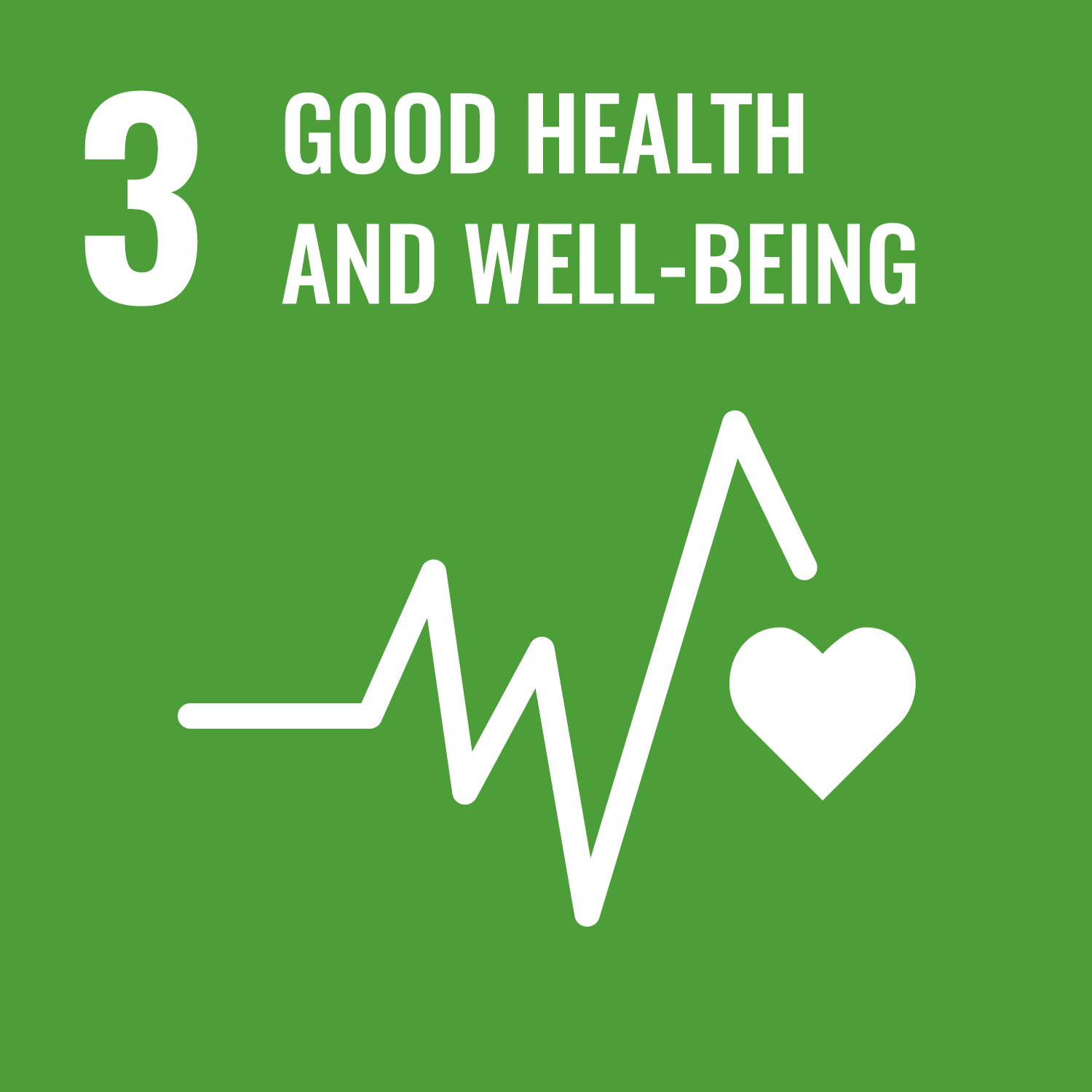

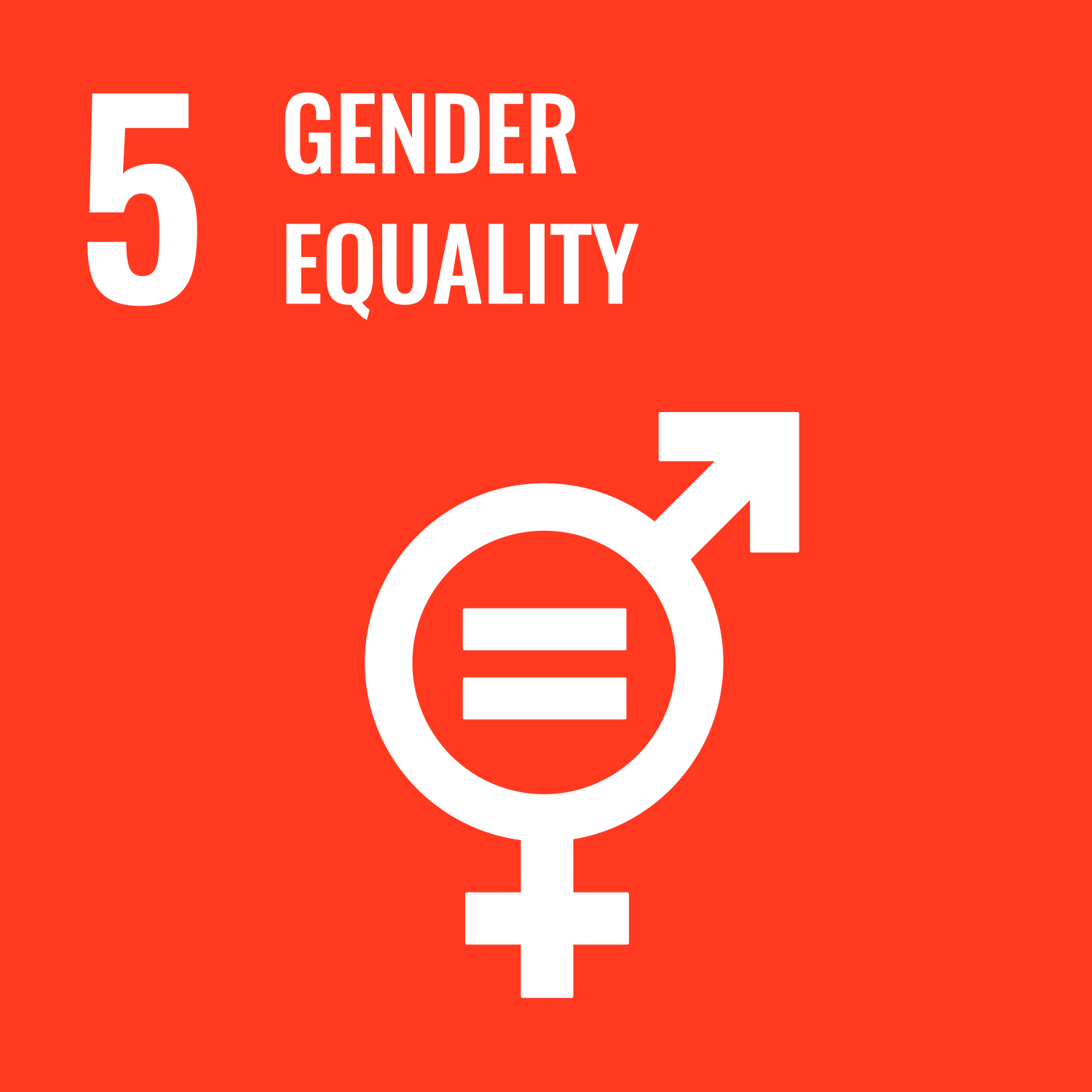

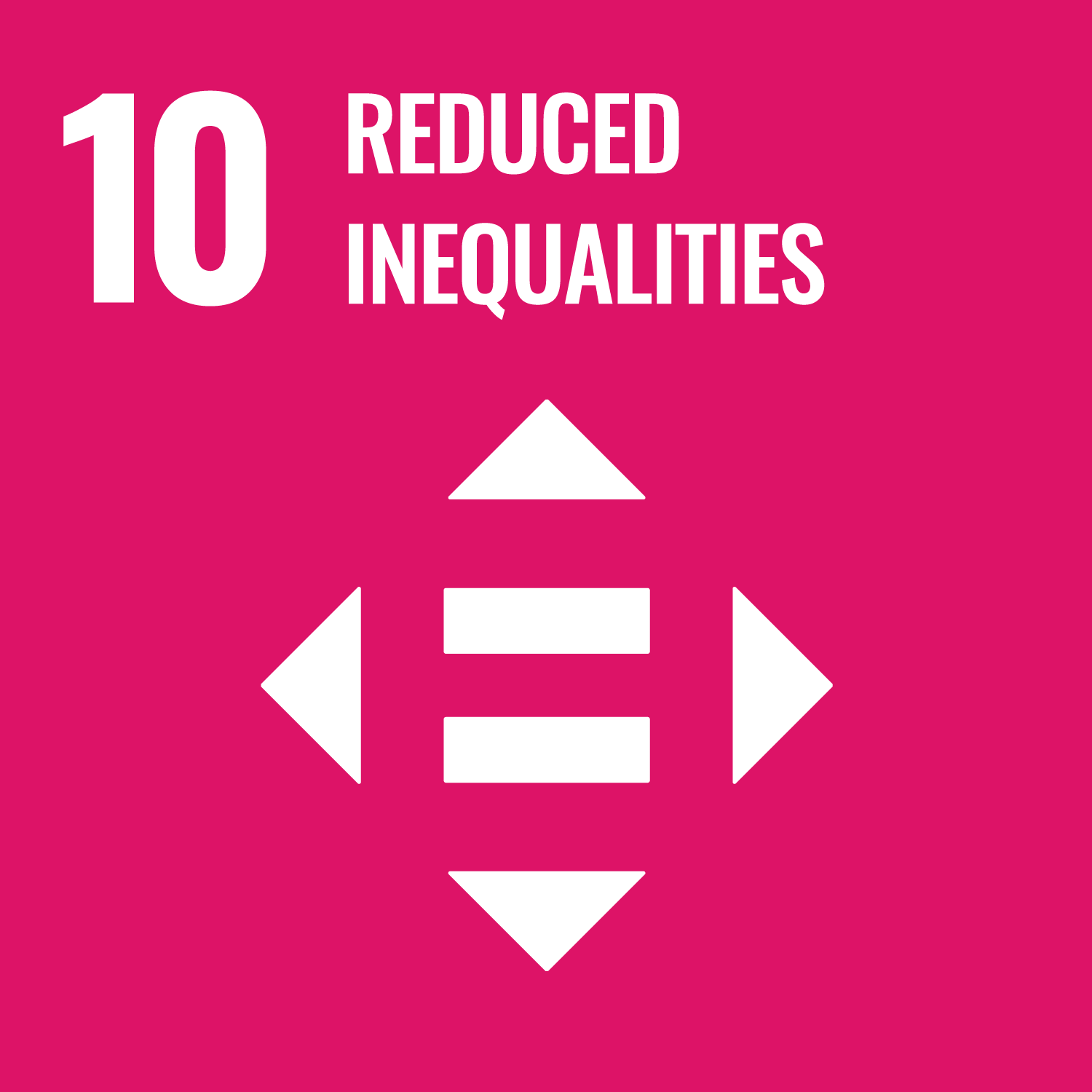
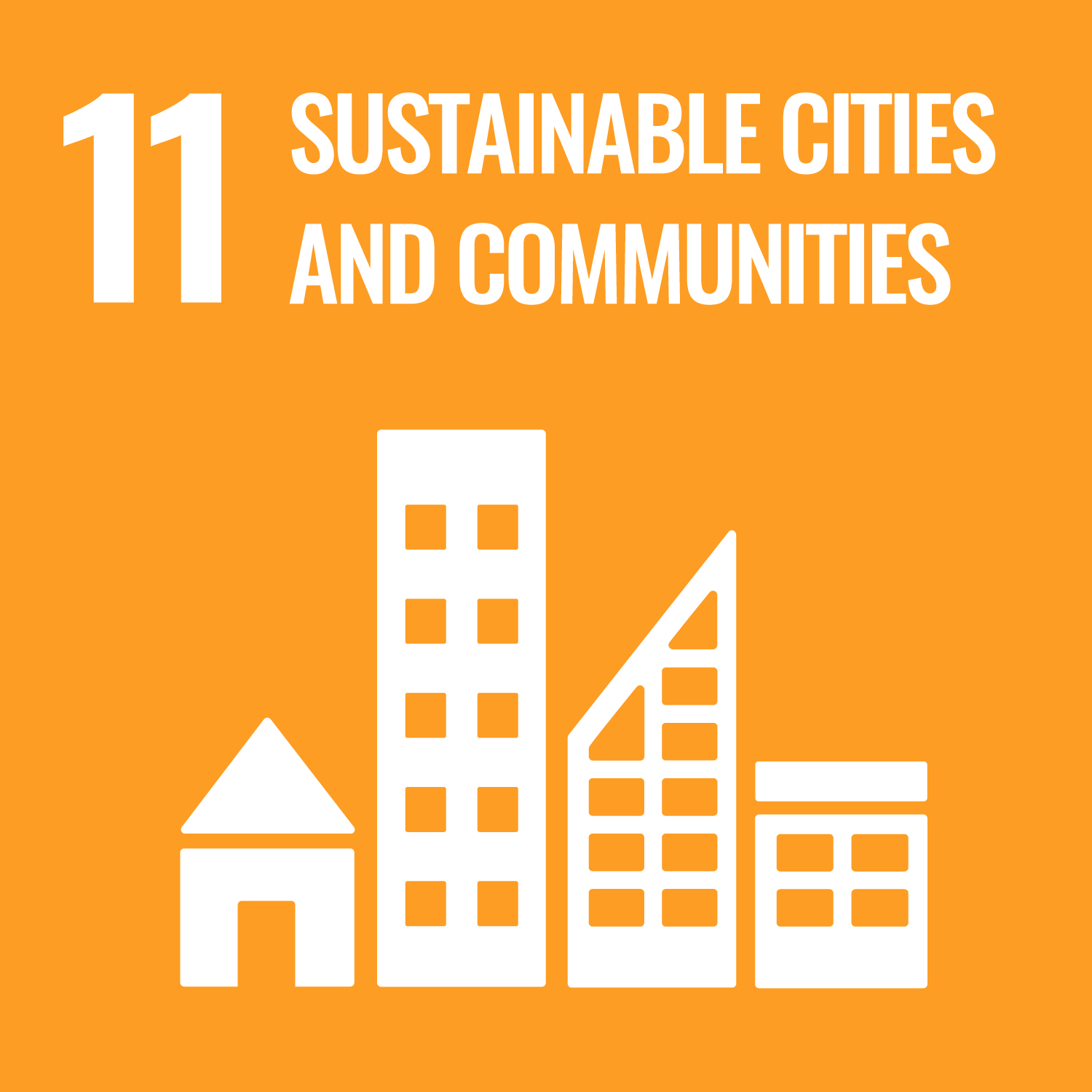

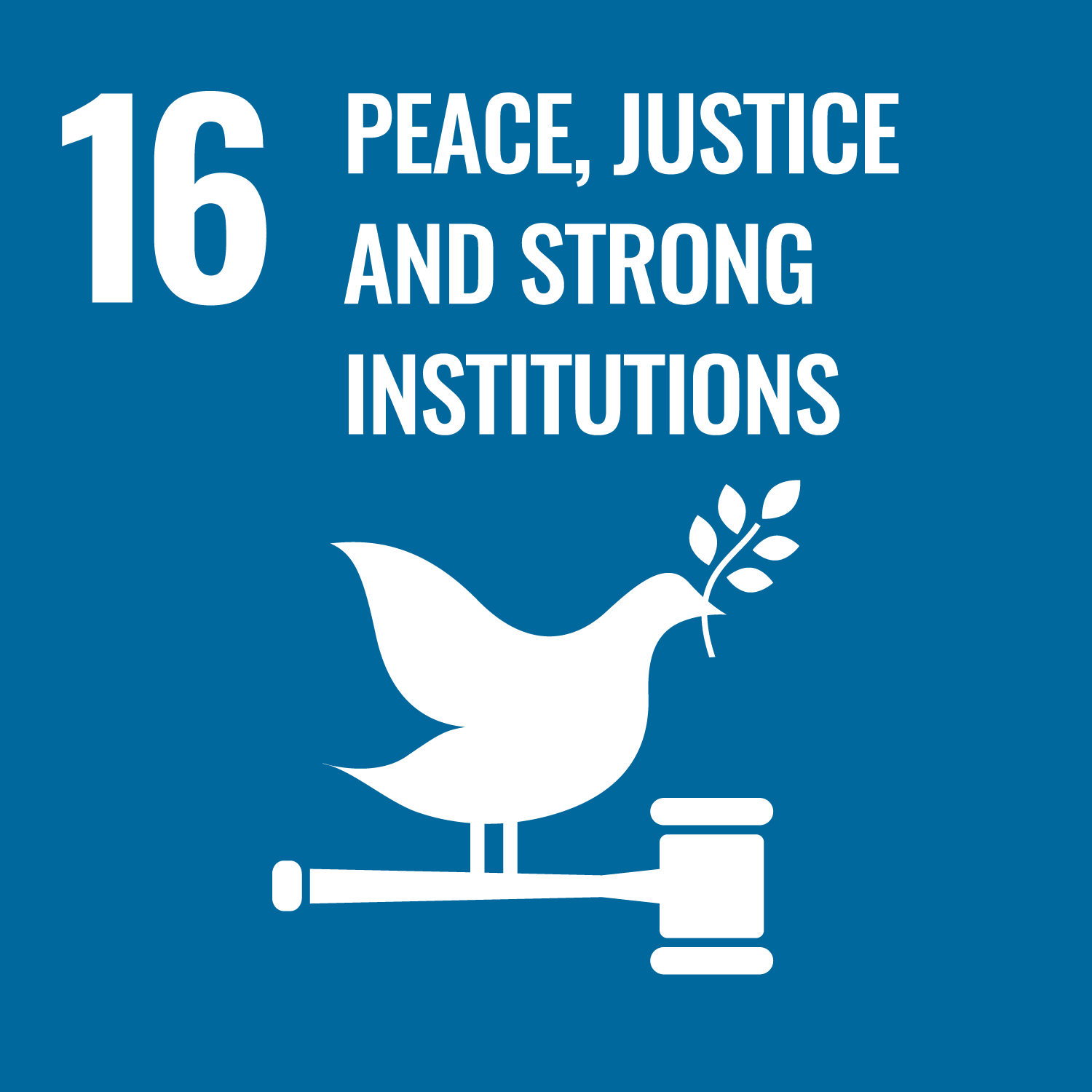
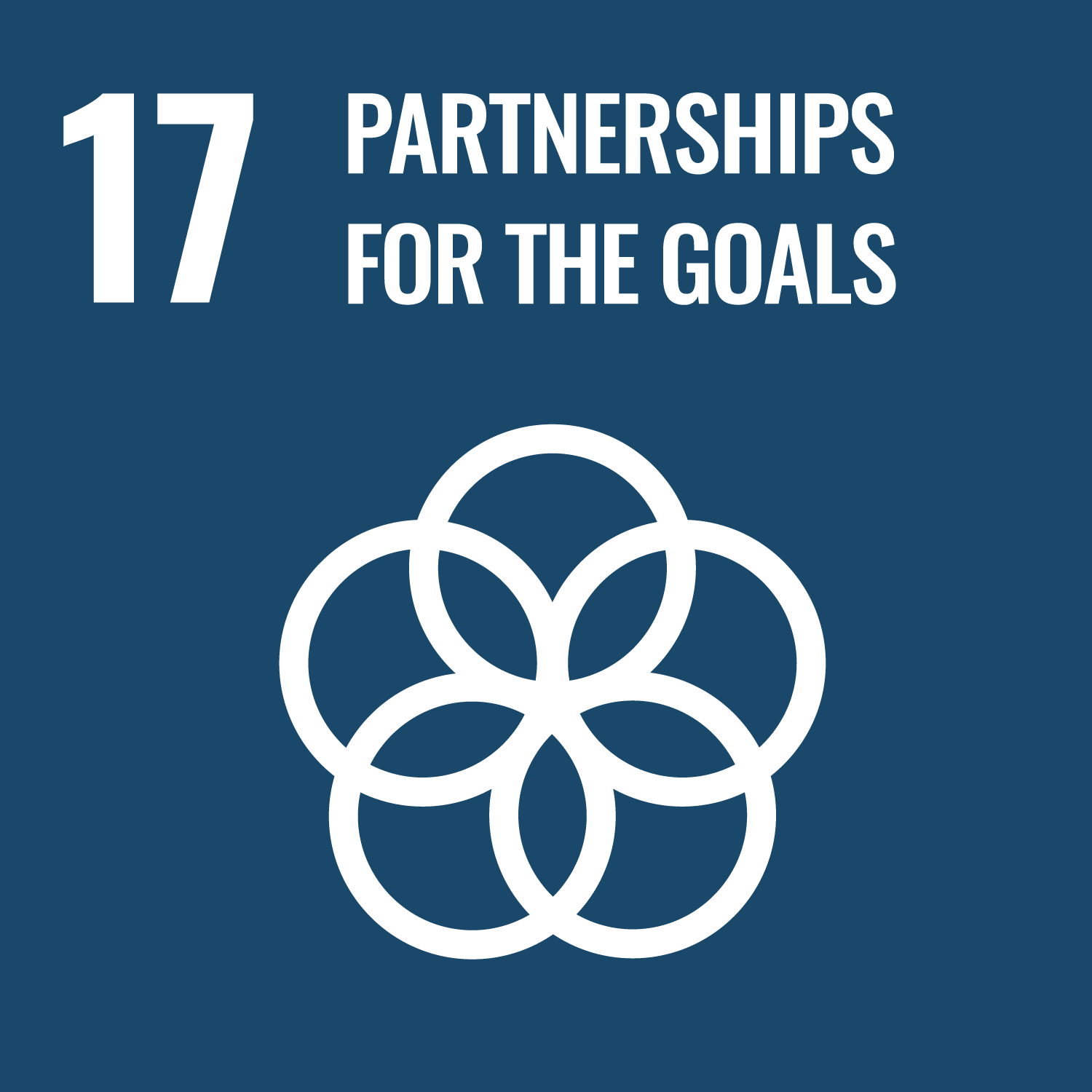
- 3.GOOD HEALTH AND WELL-BEING
- 4.QUALITY EDUCATION
- 5.GENDER EQUALITY
- 9.INDUSTRY, INNOVATION AND INFRASTRUCTURE
- 10.REDUCED INEQUALITIES
- 11.SUSTAINABLE CITIES AND COMMUNITIES
- 12.RESPONSIBLE CONSUMPTION & PRODUCTION
- 16.PEACE, JUSTICE AND STRONG INSTITUTIONS
- 17.PARTNERSHIPS FOR THE GOALS
Last modified : Wed May 12 04:45:59 JST 2021

